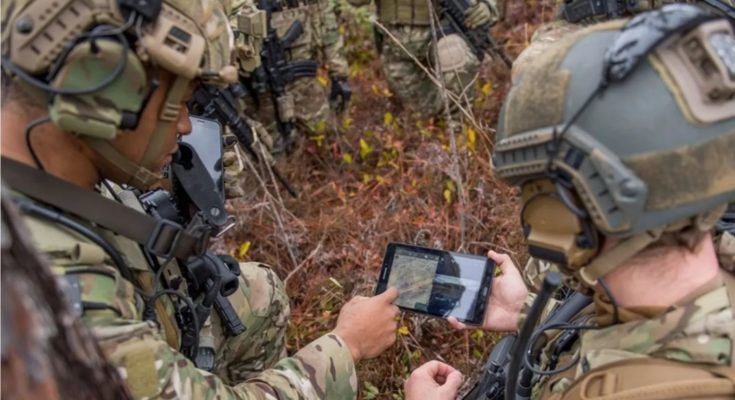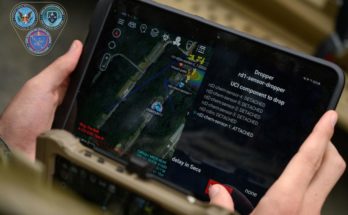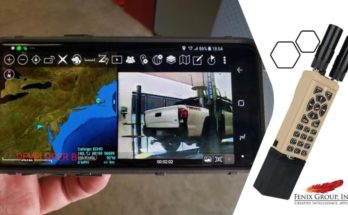This Article doesn’t mention ATAK, but it does feature the Air Force Chief of Staff, there’s a photo of ATAK in the story, and its basically about the digital kill chain.

The Air Force’s top general says one of the designers of the ride-sharing app Uber is helping the branch build a new data-sharing network that the Air Force hopes will help service branches work together to detect and destroy targets.
The network, which the Air Force is calling the advanced battle management system (ABMS), would function a bit like the artificial intelligence construct Cortana from Halo, who identifies enemy ships and the nearest assets to destroy them at machine speed, so all the fleshy humans need to do is give a nod of approval before resuming their pipe-smoking.
At least, that’s the way Air Force Chief of Staff Gen. David Goldfein seemed to characterize ABMS at a fireside chat hosted Monday by the Center for a New American Security (CNAS).
So what does Uber have to do with ABMS? Apparently, the two networks are not so different from one another, Goldfein said. Like ABMS, Uber provides users with a common operational picture, except it’s of cars and riders, not cruise missiles and attack drones.
“It’s actually closing a killchain,” Goldfein said. “You match a vehicle with a target, which is somebody who wants to [ride], and you can see it all happen. You’ve got options you can pick from, you can see the driver, the license plate, you can watch that person coming towards you. You start thinking about that application militarily … it’s exciting.”
In a similar vein, the live navigation app Waze provides a threat presentation, such as a cop sitting in a speed trap two miles down the road, Goldfein said. Waze was founded by an Israeli company, Waze Mobile, and Goldfein said he told the Israeli Air Force chief during a recent visit to the country that he was “looking for your Waze guy so we can bring him on as a pioneer.”



